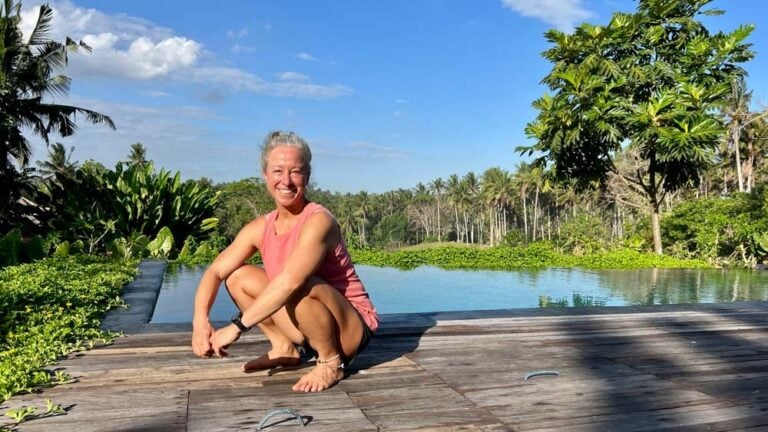
I Want To Be Able To Squat – How Do I Start?
Squatting is a natural movement pattern that has almost gone extinct in the modern, chair sitting, shoe wearing world. I’m not talking about the gym squat – the loaded weight training squat seems to be a staple of body building



